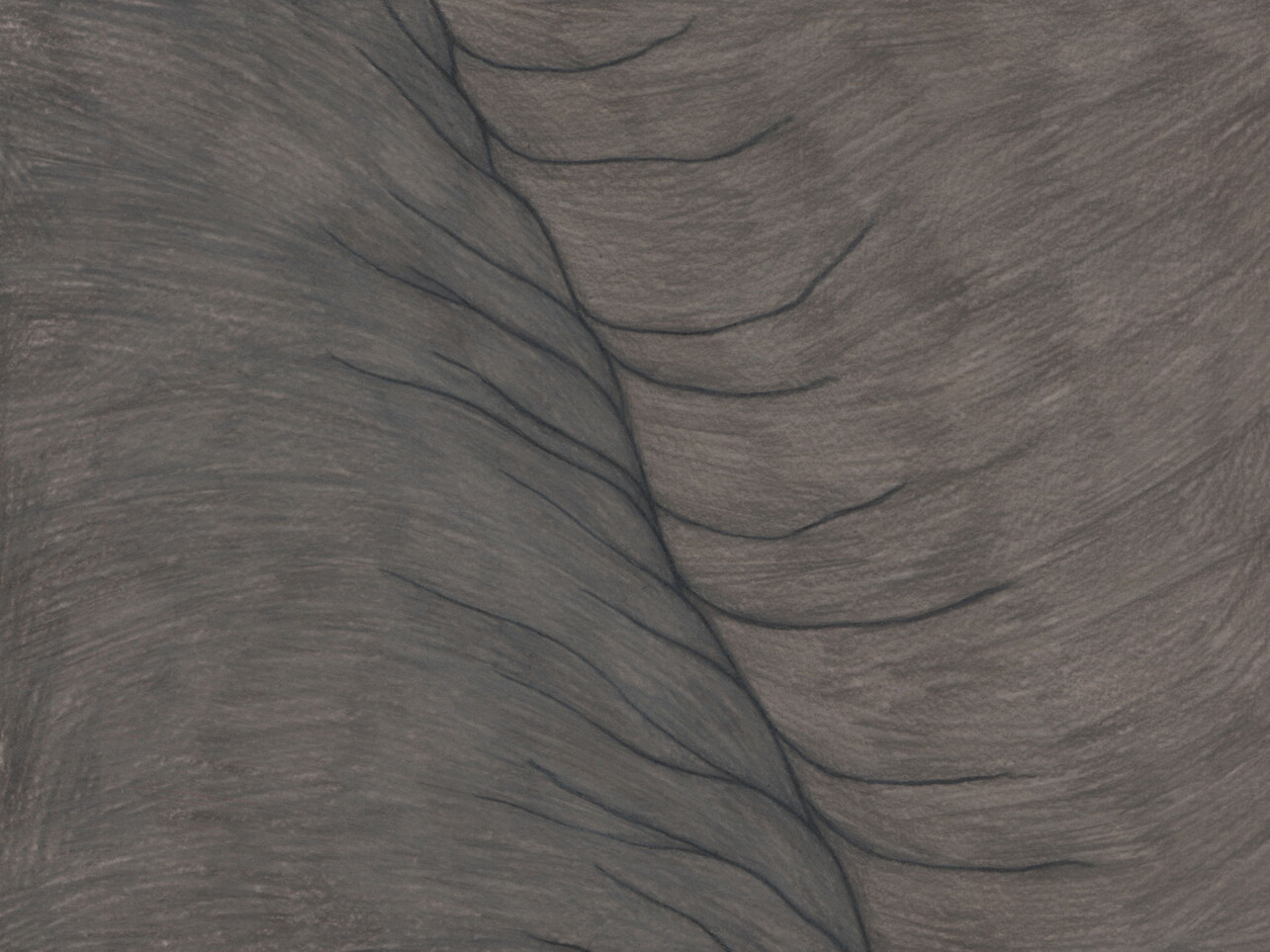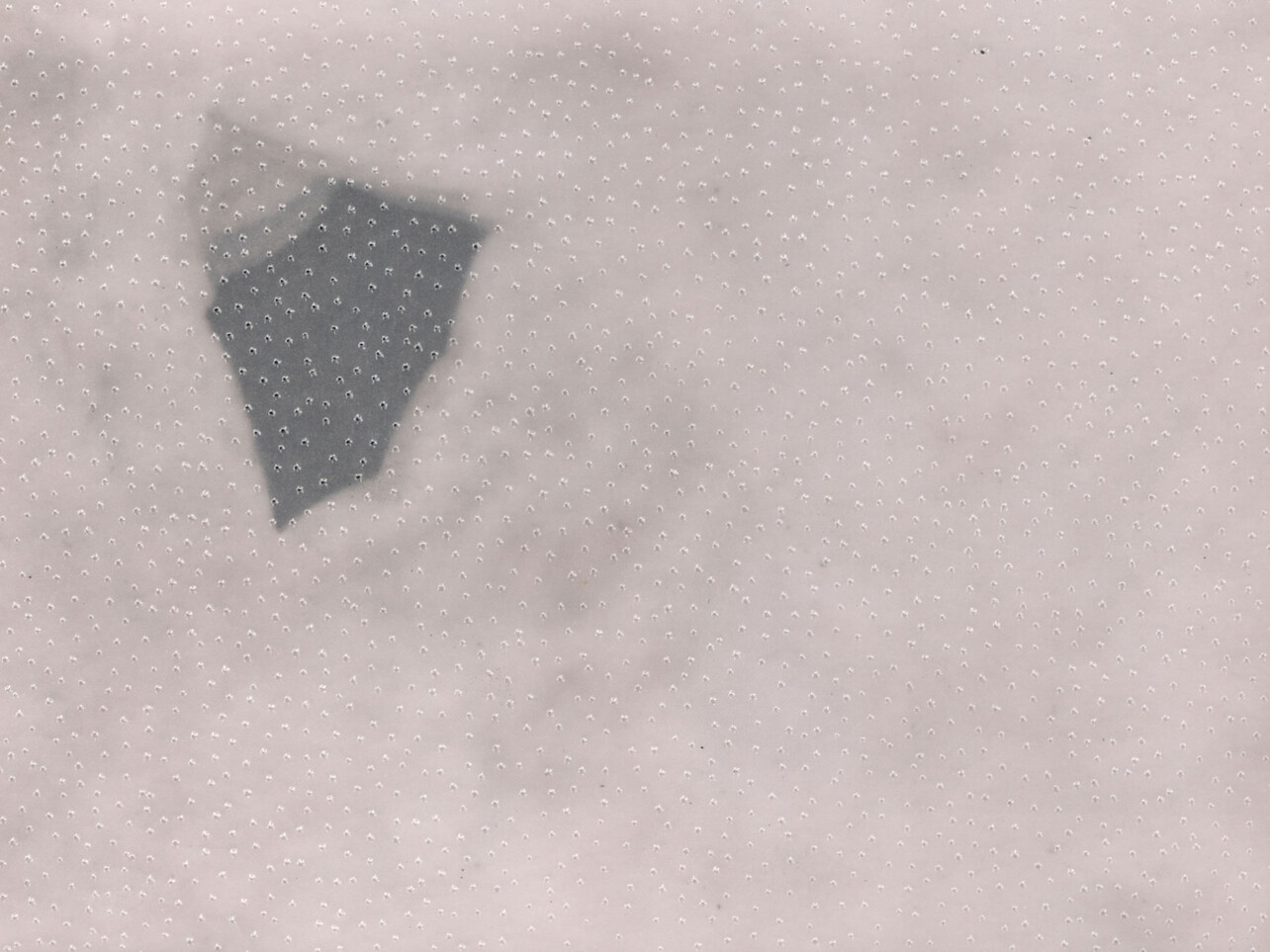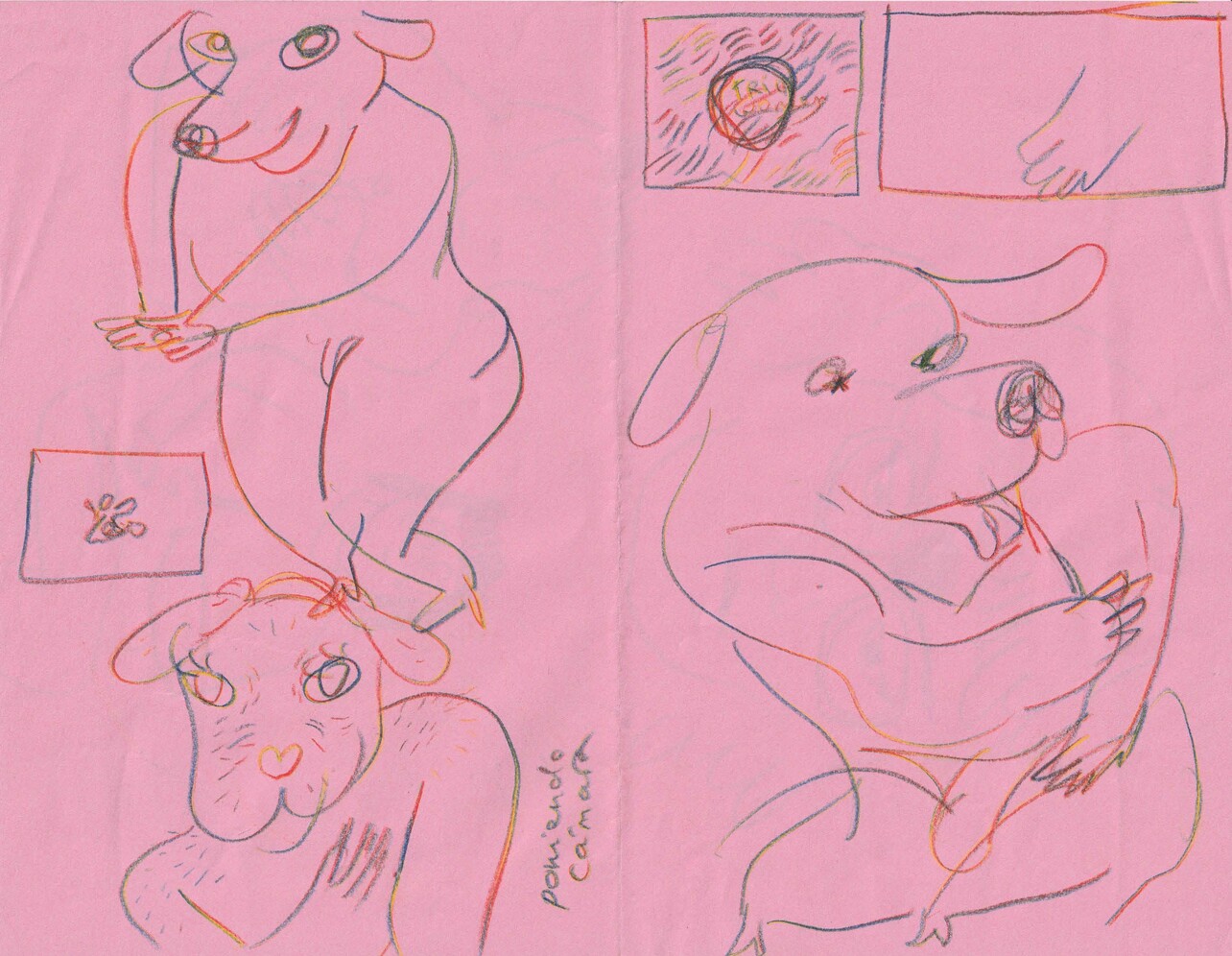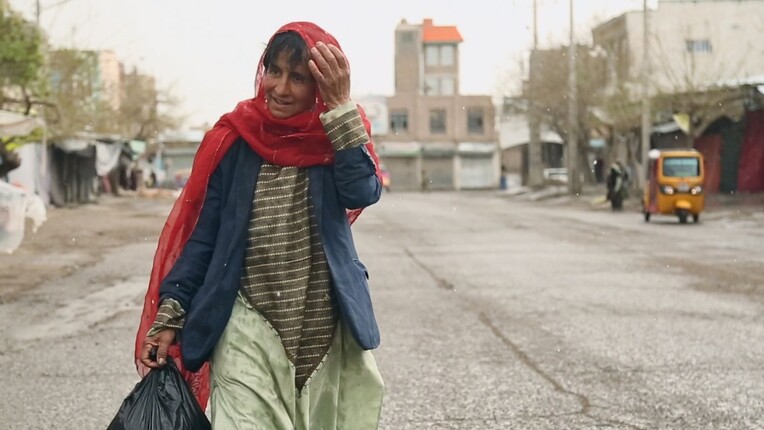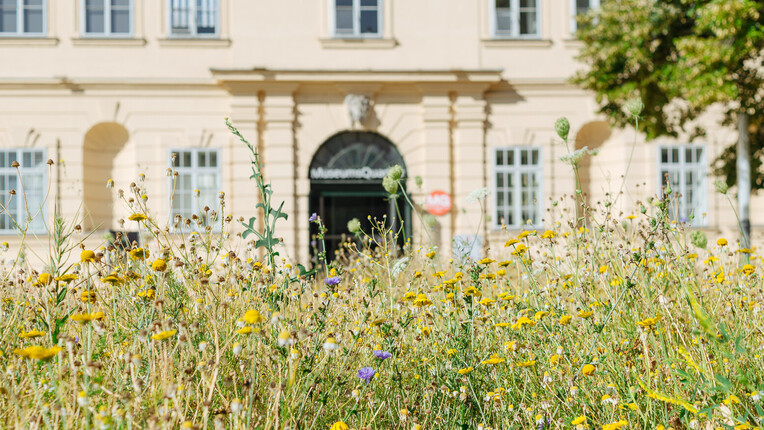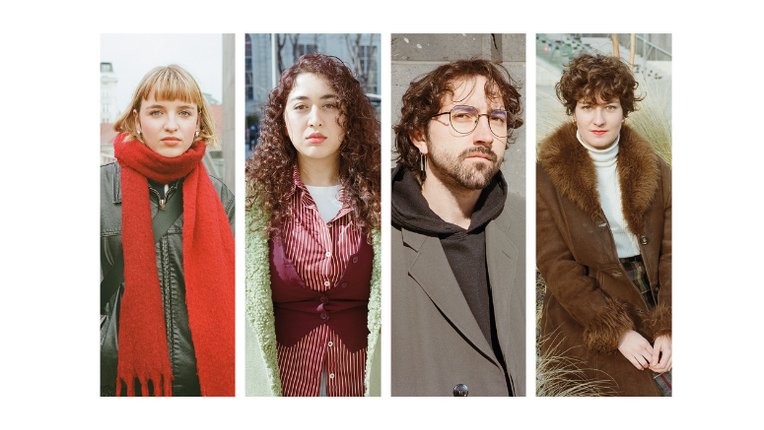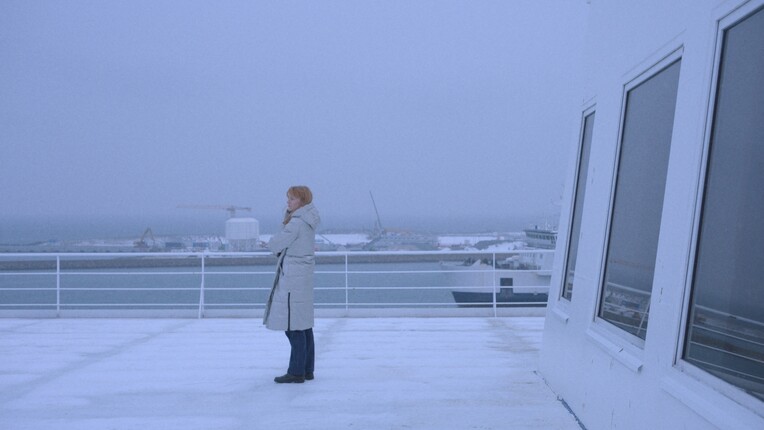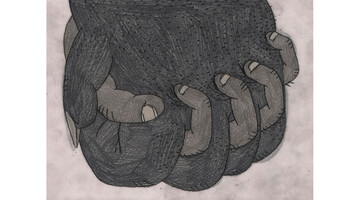
Interview with Artist-in-Residence Mel Arranz
This March until May, Mel Arranz is Artist-in-Residence, invited and hosted by Tricky Women / Tricky Realities. With her film AZALETIK AZALERA / SKIN TO SKIN at last year´s Tricky Women / Tricky Realities Animation Film Festival, she won the Residency at MQ.
Mel Arranz is a visual artist and educator. Her artistic practice revolves mostly around animation, illustration and sound. In a conversation with Lara Bellon, Mel talks about her visual style, the importance of sound, her inspirations and gives a sneak peek of the new projects she is working on during her residency.
With your film SKIN TO SKIN you won the MQ Artist-in-Residence prize at last year's Tricky Women / Tricky Realities where it was shown in the International Competition. This was your first film. How did you get in touch with animation? What started your interest in it?
So it was my first short film, but it was not my first animation. I started watching animation as a child on TV and I also started watching independent and experimental animation when I was quite young. I went to drawing classes or video classes where we watched some animations and I was in love with them. There were more popular animators that I liked such as Tim Burton. So I started drawing and animating, copying their styles. Then my grandfather gave me his camera, like a little camera that had this burst mode and I shot a lot of animations with it, they were my first animations with real life pictures and drawings.
In SKIN TO SKIN you explore the sensations of touch in a very tactile way. What was your initial motivation to make this film?
The project started with a song. I listened to this song that was about hands and thought it could be a nice idea to do a video clip for it, like a music video. I contacted the music label and shared some works but never got an answer. So instead, I made something quite different using experimental sound, but using the hands as the starting point.
I really felt this film get under my skin and while watching I thought a lot about this ambiguity of skin being a kind of protective layer to the self and a site of pleasure but then there is a point in the film where the skin almost becomes something restricting, marking a boundary or a limit. And there are also two sides of the desire to touch, that I felt in the film: on the one hand it´s a yearning for intense connection and closeness and at the same time there is this intensity to it: a desire to break down a boundary, get underneath, to a molecular level almost - and in this way it can also be something transgressive.
I am glad you see it this way. It's strange because people don’t usually talk about your film in detail. And I like those words to describe it.
You were speaking about sound and it is a very important element in your film. How was the process of working on the sound?
At first I thought to use the opportunity to work on the sound together with some friends, also because animation can be very solitary work, but it didn’t go so well. We wanted to go into different directions and I had such a clear idea of what I wanted to do that I felt I had to do it by myself. So I started recording sounds of objects clashing and moving.
Ah that's interesting, so you used objects and not bodies or skin
No it's not skin. I used paper and carpets, even scissors. I started searching and listening to sounds in every object that I saw, I had to try them all out, so I recorded them.
What was important to you in the visual style of SKIN TO SKIN?
The visual style was quite difficult. I started drawing hands. I thought since I am going to make an animation of hands I need to draw them, like a lot. I drew my grandfather's hands, friends' hands, hands I saw. Then it developed into a simpler style, not as realistic but softer and more grounded.
I thought it was interesting to observe the shifts in proximity in your style. You go from more abstract images to very detailed ones, on an almost molecular level.
Every time I make an animation I think about reframing reality and when we reframe reality, we choose what to show and what to see. And for me it's important to show differently scaled things: from the quotidian to more meta layers.
Do you have any references, people or works that particularly inspire you?
There is a very important animation that I watched while making SKIN TO SKIN and that I really love. It's called Wild Wild Ham by Eri Kawaguchi and it's about a child in the hills playing with others and especially also about the limit of the skin. The style is very minimal and it shows the skin in a very abstract but realistic way that really caught my attention. And then there is this animator Yoriko Mizushiri. She is an animator I found out about a long time ago and she has an animation about feet called kappo, in which feet in heels play with each other. Mizushiri always animates sensual and erotic things mixed with everyday objects. She might be my biggest reference.
It's interesting because you also mix everyday objects with sensual themes, but you do it through the sound.
Yes, I was thinking that it's amazing to use sound to show things in film and I would like to work more with this. As in animation you have to create the image from zero, it's kind of difficult, you have to choose what or how to show. and I find it interesting to use sound as another layer in this that opens up even more options to tell the story.
As part of your residency you are working on a new project, what is it about?
I am both working on a new film and also on the Tricky Women / Tricky Realities Trailer for next edition. I decided to use the same characters for both. I see the trailer as a way to explore different techniques and characters for the film. The main character is a transsexual bitch.
What does bitch mean to you?
Well it means like a female dog but I obviously like playing with its negative meaning too. For me it comes from the word in Spanish: perra, which is a word I can use in my everyday life. And I like it because it is empowering to call myself or my friends perras or bitches and also I find it so strong to call a bitch bitch, to play with the words.
Would you say you see it as a way to reclaim the word, as reappropriating a term that has been used in a specific context?
I don’t think about it that much, obviously I guess I do it, but it’s not that important for me.
Because you said empowering and there is a classic connotation of let’s reclaim specific words that historically have been used against us and use them ourselves for the intention we give it.
Yes but I think of it more like: ok, they called us this, so then I am this. You know, I don’t see the empowerment in the appropriation of a word. It is an insult that exists and that they have told us. I understand the use of the word as a game with my own identity and its malleability, and also as a way not to take it that seriously. It has so many layers that make it difficult to define. It's like saying ok, let's play with this now. And I am playing.
On that note, thank you very much for this interview Mel! We are very happy to have you in Vienna and are excited to see more of your work!
